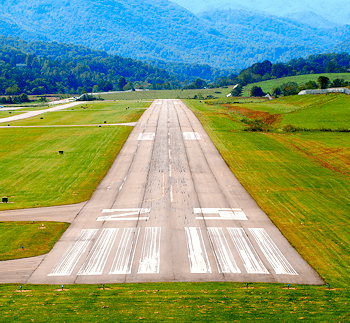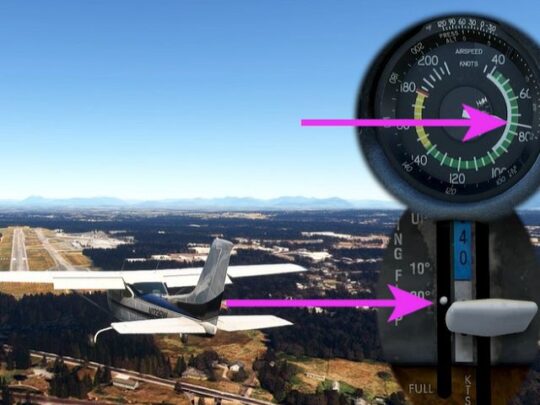Subscriber question:
"I've been invited to a fly-in at a private airport community. The runway is long enough, but there is rising terrain all around the airport. It's not mountainous by most people's standards, yet it has me nervous. Do you have any tips for an 'in-the-hole' airport?" — Russell C.
Wally:
 “Uncertainty about your ability to climb out of an in-the-hole airport is not something we need as part of our flying.
“Uncertainty about your ability to climb out of an in-the-hole airport is not something we need as part of our flying.
The first and easy answer is of course to check your Pilots Operating Handbook, but that does not necessarily give us the answer to this question. Sure it will tell you how much runway you need to clear that mythical 50-foot obstacle, but that is not your problem. Your problem is that surrounding terrain and wondering if you will clear it.
Sometimes the POH can be a little help as some of them give you rate of climb at various density altitudes. If you have this information, you can then do a little work with your plotter and figure out some altitudes versus distances. Don’t forget to use conservative numbers. Remember those manufacturer’s numbers were with a new airplane. If none are given, you need to pay attention to your plane and record how it performs under various conditions.
The next question is – what speed should we use? Best angle of climb airspeed is the speed that will give us the most altitude for the least distance traveled, so if climbing over an obstacle is our problem, best angle is the speed to use.
Now, how one might maneuver is difficult as it varies with the situation but there are a few general rules. Remember our goal is to climb as high as possible in the least distance traveled, so any maneuver that points us into the wind will give us a greater climb per mile. Naturally, a tailwind will do the opposite. One caution here is climbing into a headwind toward a high ridge or peak, there will likely be a strong downdraft as you approach it. This has been the cause of many accidents. Conversely, approaching a ridge or peak with a tailwind will usually result in an updraft as you get close to the ridge. Again a caution, working this type of updraft takes skill and training.
Always approach a ridge at an angle so you can easily turn away if necessary.
Turning may be necessary to stay away from the high ground, but remember turning will reduce your rate of climb.
My best advice for getting into and out of in-the-hole airports is to talk to the locals and get specific mountain flying training. There are many places that provide that specialized training. Until you do, don’t land at those type of airports.”
Here’s an IFR procedure from a video series called IFR Skills for VFR Flying that you can borrow from when departing an airport surrounded by higher terrain.
Have you ever had formal training in mountain flying?

